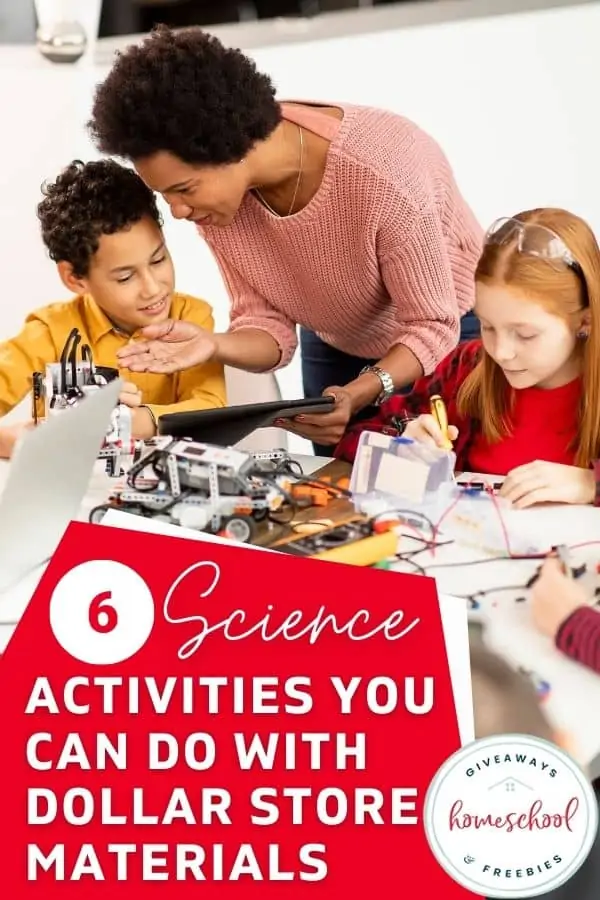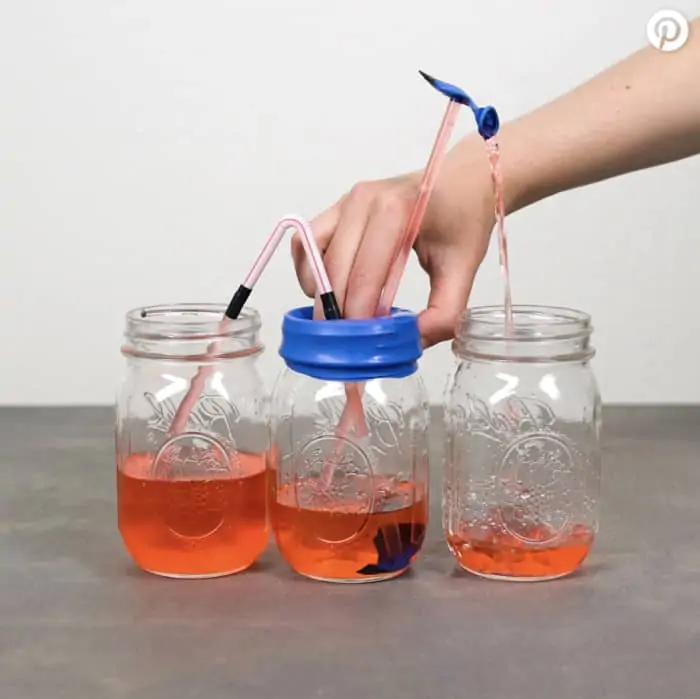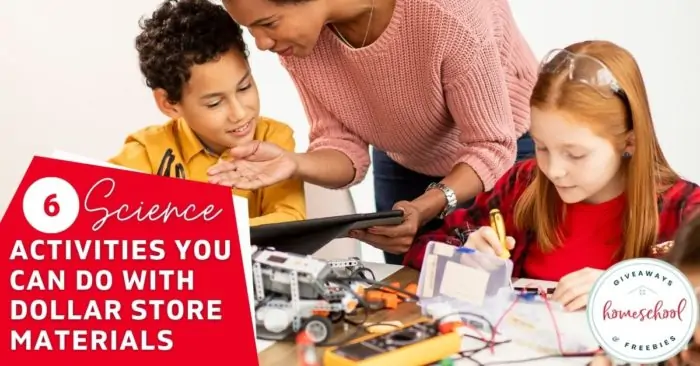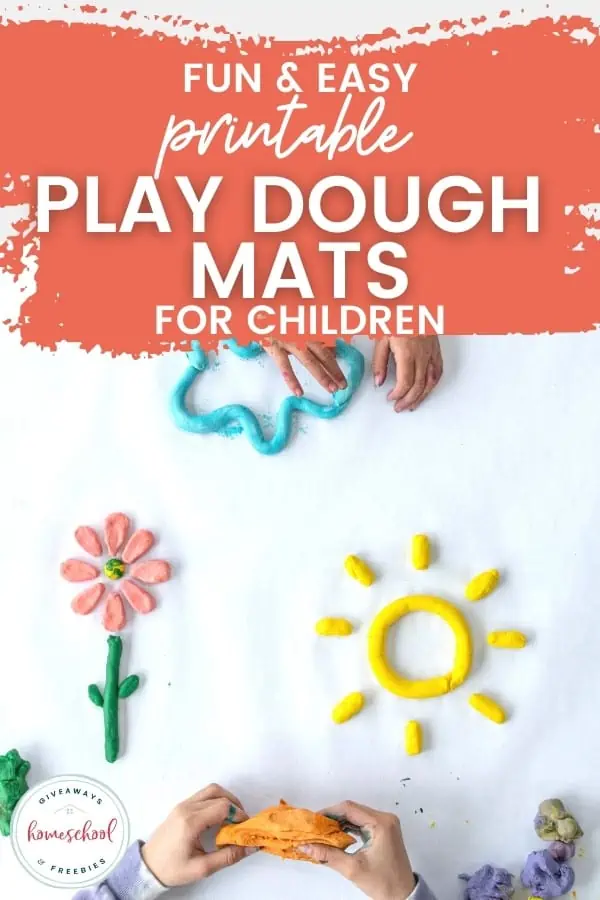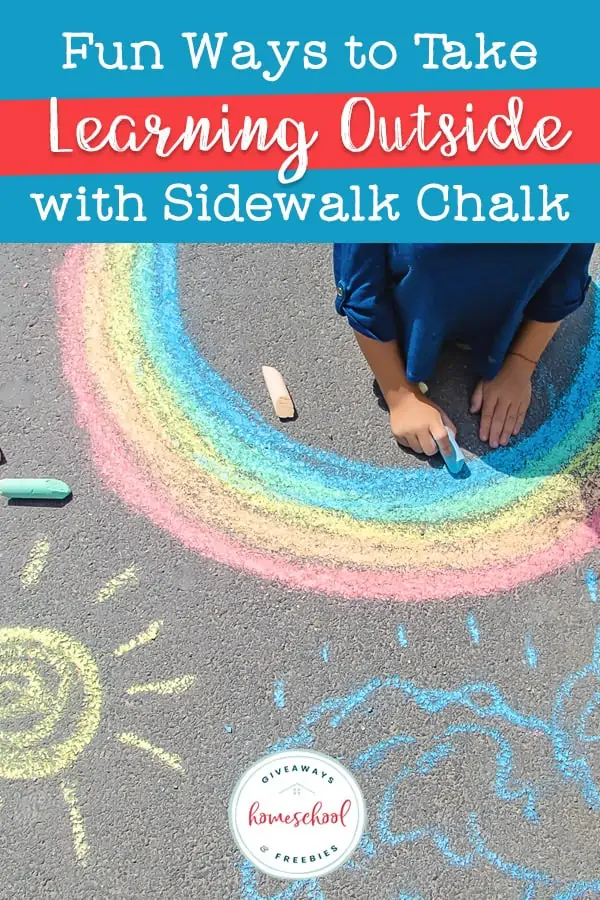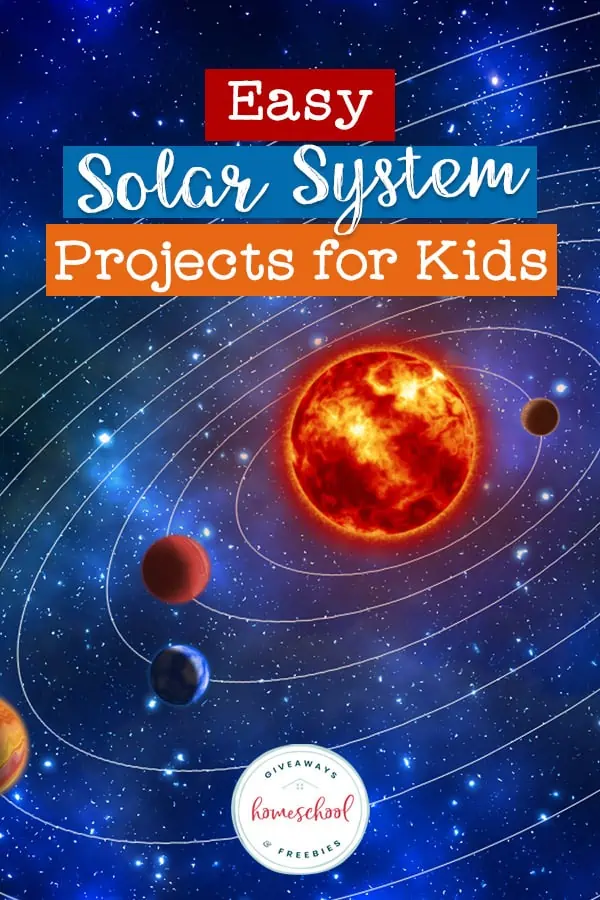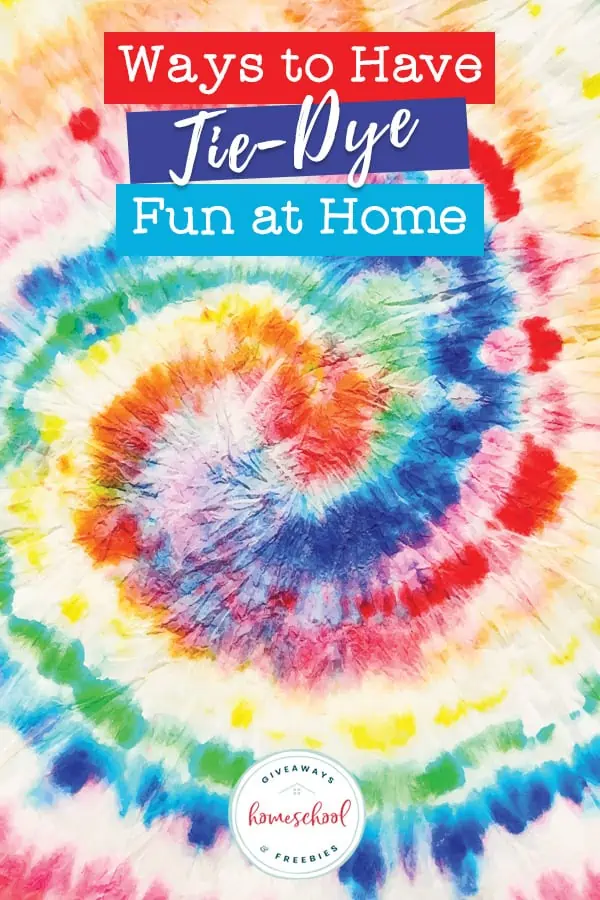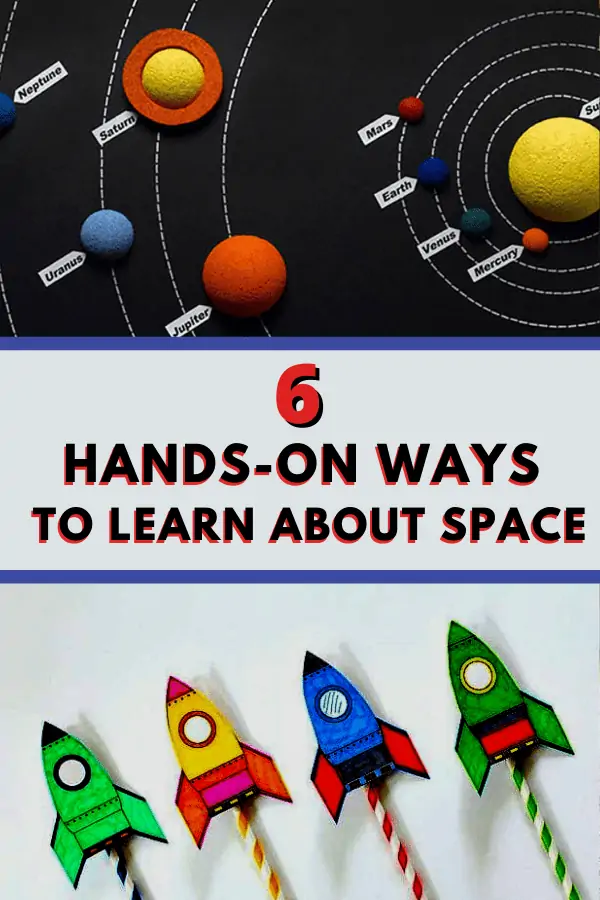6 Science Activities You Can Do with Dollar Store Materials
Published:
February 18, 2021

Contributor:
KiwiCo
Disclosure: This post may contain affiliate links, meaning if you decide to make a purchase via my links, I may earn a commission at no additional cost to you. See my disclosure for more info.
Looking for some fun science activities for your homeschool that don’t require complicated resources? Check out these 6 science activities you can do with dollar store materials.
Using hands-on projects to teach your kids about STEM (Science, Technology, Engineering & Math) makes it more fun for your kids, plus they’re more likely to understand and remember what they’ve learned. With one trip to the dollar store, you’ll be ready to go.
Pumping Heart Science Activity
For this first science activity, your kids will build a model to demonstrate how the heart pumps blood. Specifically, they will learn how the chambers and valves of the heart work.
Check out this simple materials list! You likely have most of these items at home already.
Materials List
- cups (3)
- balloons (3)
- clear straw (2)
- bendy straw (1)
- water
- red food coloring
- scissors
- tape
For complete instructions, check out the Pumping Heart Science Project page. It’s a great activity for kids ages 9-16.
Potato Chip Patina Experiment
In the Potato Chip Patina Experiment, your kids will learn about oxidation – the chemical reaction between a metal and oxygen. This is the natural weathering process that turned the Statue of Liberty green! Usually oxidation takes a long time. However, in this fun experiment, your kids will see the results in about 2 hours.
Here’s what you need for the activity.
Materials List
- copper sheet – about 1″ square
- dish soap
- paper towels
- bowl
- white vinegar
- potato chips
- salt
Your kids ages 9-16 will enjoy completing the experiment using the step-by-step instructions. They’ll also find the detailed scientific explanations that describe what is happening and why.
Fluffy Slime Science Activity
Your kids ages 5-16 can create a new version of slime – fluffy slime! The materials list is pretty simple.
Materials List
- shaving cream (3 cups)
- food coloring – assorted colors
- white glue (1/2 cup)
- baking soda (1/2/ teaspoon)
- contact lens solution (1 tablespoon)
- mixing bowl
- spoon
Remember to discuss the chemical reaction that causes slime. This non-Newtonian fluid acts like both a solid and a liquid, depending on how you play with it. The chemical reactions cause it to create a polymer substance because the position of the molecules in the glue are changed in a process called cross-linking. Who knew there was so much to learn about slime?
Craft Stick Chain Reaction
This science activity requires just one simple item: jumbo craft sticks. Following the clear instructions to set up the Craft Stick Chain Reaction, your kids ages 5-16 will learn about energy.
By weaving the craft sticks together, your kids will build up tension. When you let go of the sticks, the bent craft sticks will snap back to normal and set off a chain reaction that will be really fun to watch! Even your younger kids will be able to understand this scientific concept by participating in this hands-on science project.
Let’s Build a Flashlight
You kids ages 7-9 can take a flashlight from the dollar store and learn how it works by taking it apart and putting it back together again. This activity is self-correcting, as the flashlight will obviously not work if not assembled correctly. Tinkering with a flashlight is not only a great boredom buster, but science activities like this are also great for exercising those fine-motor skills.
Make a Compound Pulley
Within 30 minutes, your 9-16 year old can make a compound pulley. They will learn how combining both fixed and moveable pulleys will increase the mechanical advantage. Encourage your kids to experiment with different set-ups of the pulley system to see which works best.
Materials List
- broom or large dowel
- rope
- large jug – a laundry detergent bottle works well
You can find more hands-on science activities for kids at KiwiCo. Their team of researchers and scientists have developed easy-to-follow experiments that introduce kids to biology, chemistry, and many other scientific topics.

